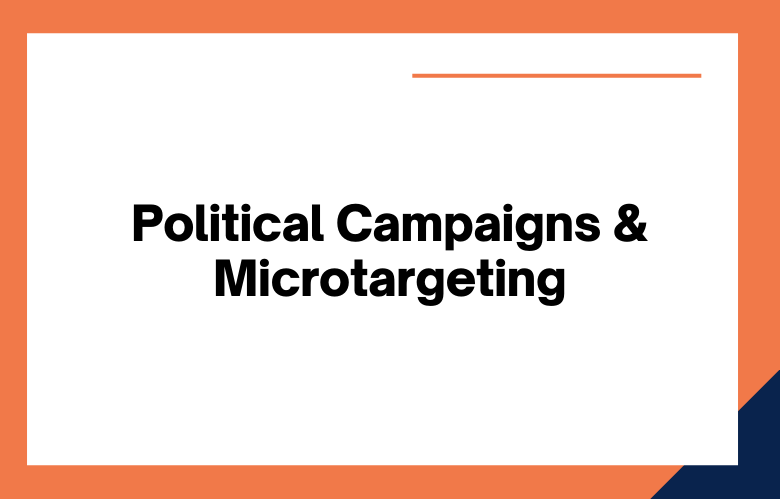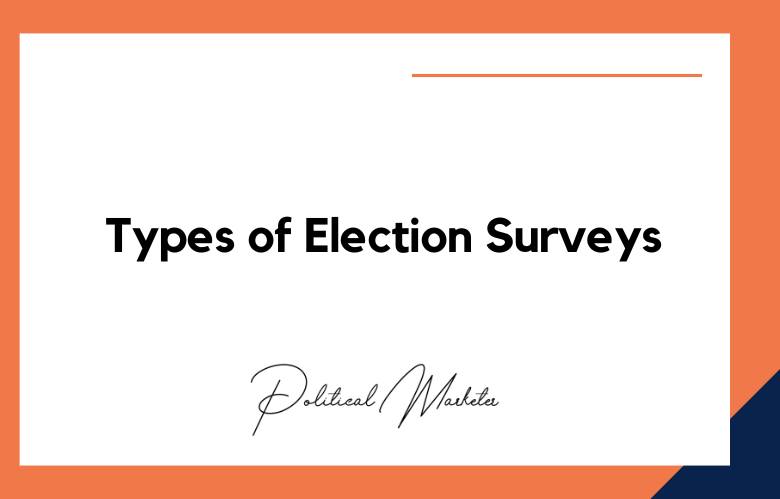Campaigns have been using microtargeting to win elections for years. But what is micro-targeting, and why is it so important? Microtargeting targets specific voters with tailored messages based on their demographics, political opinions, and other factors.
It grants campaigns to focus their resources on the voters most likely to support them, which is the difference between winning and losing.
We’ll look at microtargeting and see how political campaigns use it.
We’ll also discuss its pros and cons and explore some of the criticisms that have been leveled against it if you want to learn more about this fascinating topic.
Microtargeting is a term used in marketing and political campaigns that refers to technology to target specific individuals or groups with advertisements or content.
This type of advertising has become increasingly popular in recent years, as digital technologies have allowed it to collect and analyze large amounts of data about individual voters.
Campaigns can use this information to design targeted messages more likely to appeal to specific voters.
While microtargeting has benefits, some risks also need to be considered.
What is Microtargeting?
Microtargeting is a marketing strategy that uses detailed demographic data to target specific groups of consumers with tailored ads and messages.
This strategy reaches people of specific ages, genders, income levels, and interests.
Microtargeting can be an effective way to reach potential customers and convert them into sales.
Microtargeting is a relatively new marketing technique targeting explicitly tiny consumer groups. By tailoring advertisements and messages to fit the specific characteristics of these small groups, businesses, and organizations hope to reach their target customers more effectively.
Microtargeting is used by political campaigns to identify and target potential voters. This technique uses data about voters, such as demographics, interests, and voting history, to target them with personalized messages.
Microtargeting can be an effective way to win over support from a broader range of voters. In particular, it can help reach out to undecided or swing voters. It can also help campaigns better understand essential issues for specific groups of people.
Micro-targeting in Political Campaigns
Micro-targeting has become a widespread technique in political campaigns. It involves using data to target small groups of voters with customized messages.
The aim is to use information about people’s interests, demographics, and preferences to create targeted messages that resonate with them.
This approach can effectively persuade people to vote for a particular candidate or party.
Micro-targeting in political campaigns can be a very effective way to reach voters. By targeting specific groups of people, campaigns can hone their message and better appeal to their desired demographic. It targets advertising, a great way to get your message out there and win candidate support.
Micro-targeting is a technique that political campaigns use to target small groups of voters with narrowly tailored messages.
This technique involves data about voters, such as their voting history, demographics, and interests, to segment them into small groups.
Once these groups identify, the campaign can tailor its message to appeal to each group’s interests.
This technique can effectively win over close races where every vote counts.
Best practices for using micro-targeting in political campaigns
Best practices in political campaign microtargeting can make a big difference in the outcome of elections. By using data to target potential voters with tailored messages, campaigns can reach their desired audience more effectively. This technique uses a significant effect on both local and national races.
Micro-targeting is a common practice in political campaigns. By segmenting voters by specific characteristics, campaigns can more effectively target their message and persuade more voters to support their candidate. However, micro-targeting can also have negative consequences, such as further alienating groups of voters who may feel targeted by campaign messages that are not relevant to them.
Micro-targeting in political campaigns can be a great way to get your message to the right people. However, you must ensure that you’re using this tool correctly.
For example, you don’t want to target people with ads that are entirely irrelevant to them. That’s a surefire way to turn people off and lose their support.
Instead, focus on targeting people with ads specific to their interests and needs. It ensures that your message resonates with them and that they’re more likely to support your campaign.
Micro-targeting has become a mainstay of political campaigns. But, as with any tool, there are right and wrong ways to use it. Here are some best practices for micro-targeting in political campaigns.
Micro-targeting has become a popular way for political campaigns to narrow their focus and tailor their message to specific groups of voters. But not all campaign professionals think this is a good idea. Some believe that micro-targeting can backfire, resulting in a narrower and less effective message.
Micro-targeting is a common practice in political campaigns. By using data and analytics, campaigns can target specific groups of voters with personalized messages. It helps the drive allocate resources better and focus on key groups of voters.
Micro-targeting can be a powerful tool for political campaigns, but it’s essential to use it wisely.
Understand your target audience. Who is your audience to reach, and what there care about?
Develop targeted messages. What kind of content will resonate with your audience?
Target specific channels. Where do your target voters consume information? Which platforms are the most active?
Test, measure, and adjust. Try different approaches and see what works best for your campaign.
Microtargeting has become a best practice in political campaigning. By segmenting voters based on their interests using data analysis, campaigns can more efficiently target specific messaging to critical demographics.
This technique has been used effectively by both Democratic and Republican campaigns and plays between smaller and larger movements.
While microtargeting can effectively reach voters, it is essential to remember that not all constituents will respond positively to this personalized message. In some cases, it is invasive or even creepy.
Campaigns need to walk a fine line when using microtargeting techniques and tread carefully to avoid turning potential supporters.
Conclusion
Microtargeting is becoming a more important factor in political campaigns.
As technology develops, we will see more ways to target voters and get our message out.
Contact us today to learn about the microtargeting that benefits your campaign or needs help implementing these techniques.
We have years of experience helping candidates win elections through cutting-edge campaigning methods like microtargeting.
One way to get in touch is by filling out our online form on this site or give us a call at
+91 9848321284. Let’s work together today!










